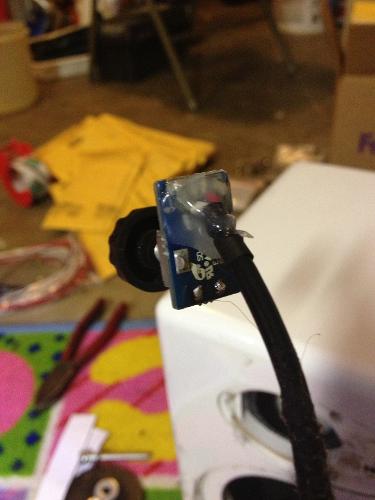KimLaroux
1000+ Head-Fier
- Joined
- Aug 2, 2011
- Posts
- 1,090
- Likes
- 70
In the picture, you have to invert Regulator and Rectifier. The large IC by the AC plug is essentially a diode bridge rectifier. The two TO-220 packages are DC voltage regulators. Those are probably LM317 and LM337, or 78XX and 79XX.
The ceramic capacitors are related to the large ICs connected to the heat sinks. Those are the amplifiers.
This page says the amplifier chips are TDA7294. It also contains information regarding capacitors which may help you.
I just read the datasheet for the TDA7294. It doesn't talk about types of capacitors.
I searched around the web for what type of capacitors are better for power decoupling in audio application, but there seems to be no consensus. There's just as much hate throw at every types. EIA Class A dielectric seems to be the only "acceptable" type, but those are limited in values. Mouser only stocks one 1 nf but no 0.1 µf.
The ceramic capacitors are related to the large ICs connected to the heat sinks. Those are the amplifiers.
This page says the amplifier chips are TDA7294. It also contains information regarding capacitors which may help you.
I just read the datasheet for the TDA7294. It doesn't talk about types of capacitors.
I searched around the web for what type of capacitors are better for power decoupling in audio application, but there seems to be no consensus. There's just as much hate throw at every types. EIA Class A dielectric seems to be the only "acceptable" type, but those are limited in values. Mouser only stocks one 1 nf but no 0.1 µf.





















![size]](http://files.head-fi.org/images/smilies/rolleyes.gif[size=13px][/size])
